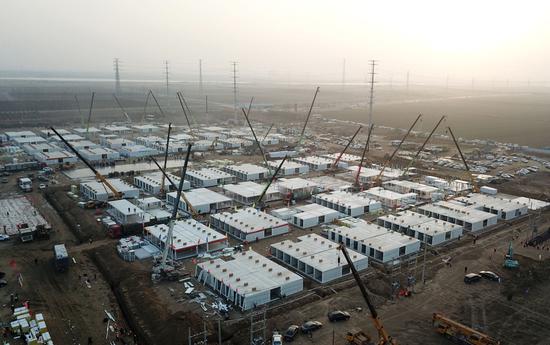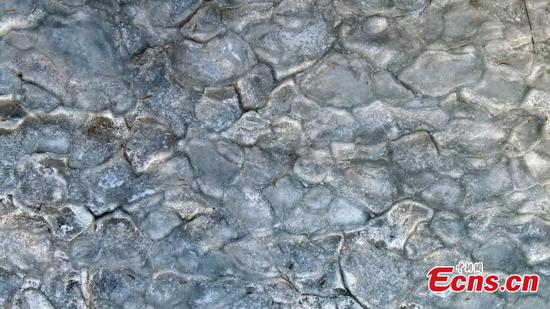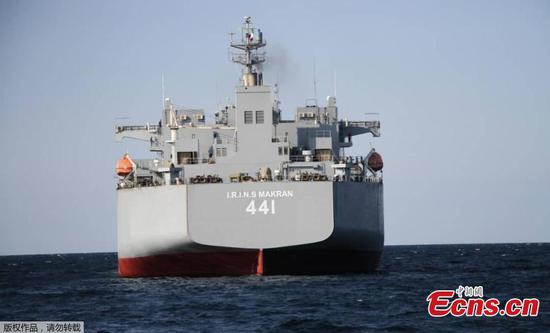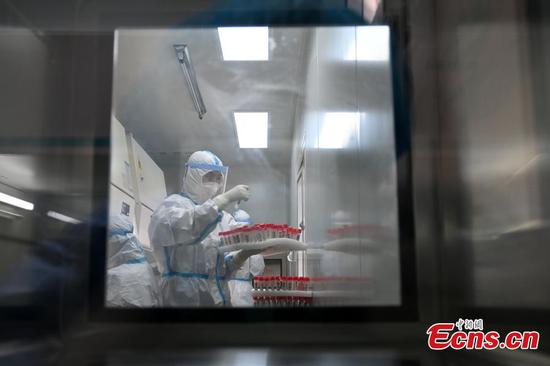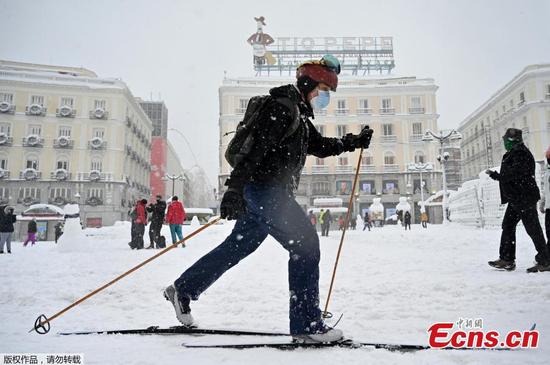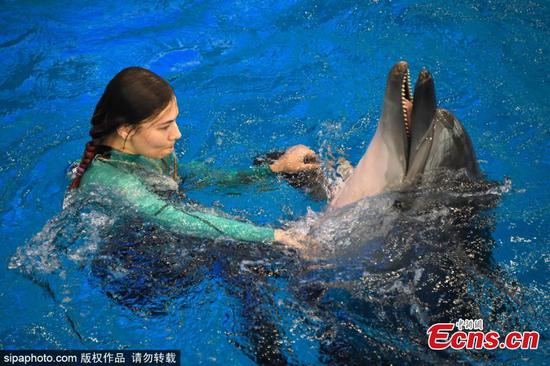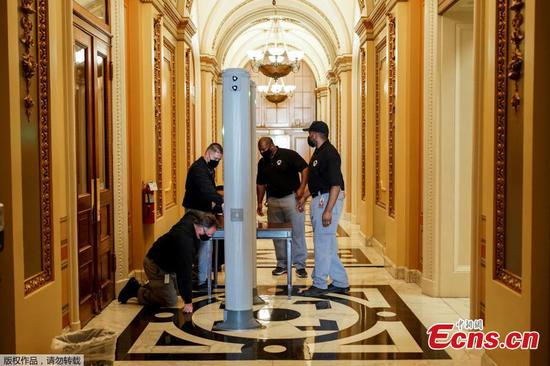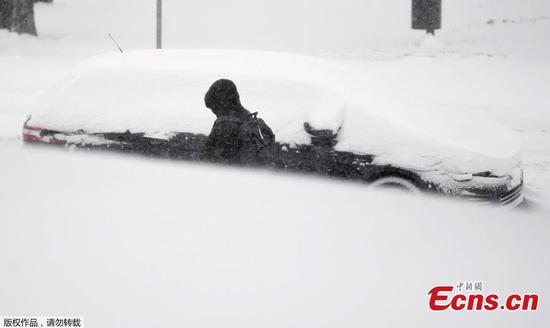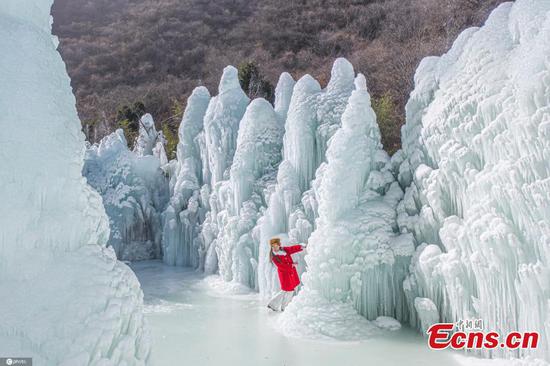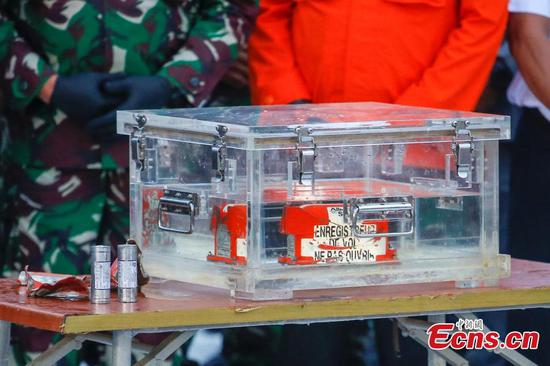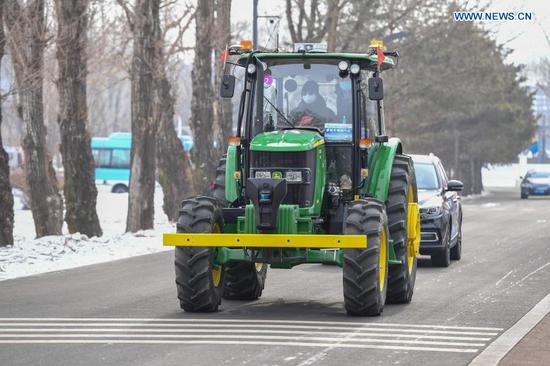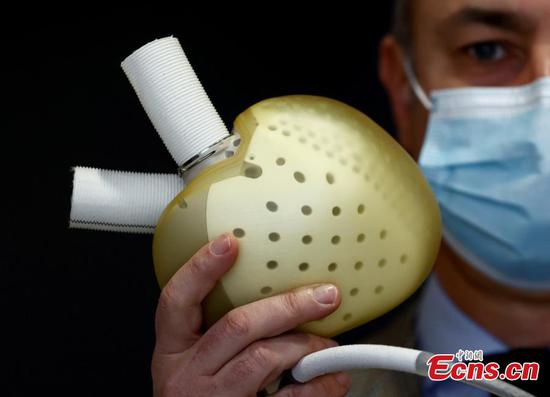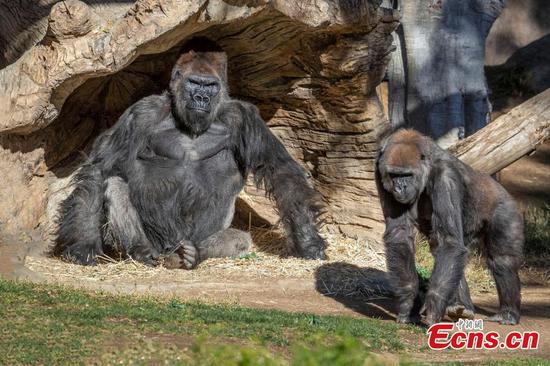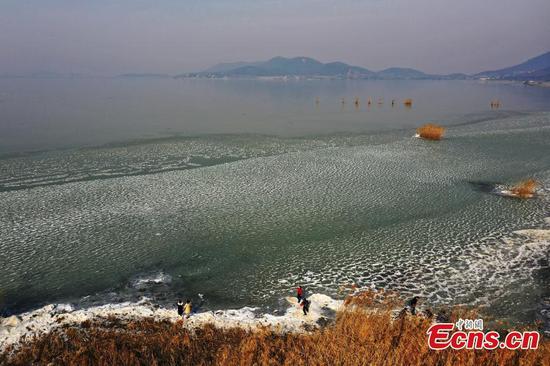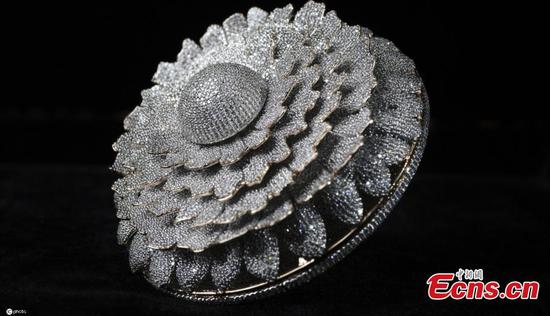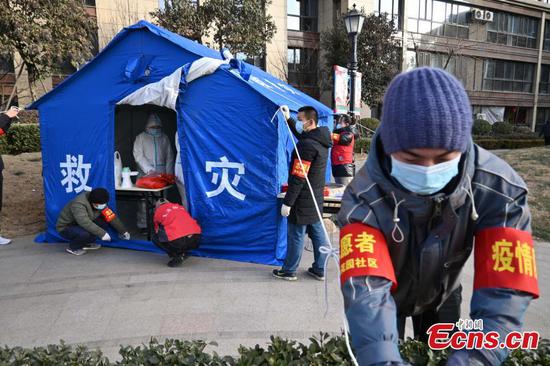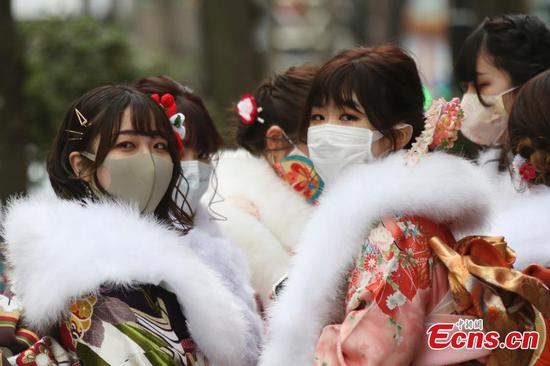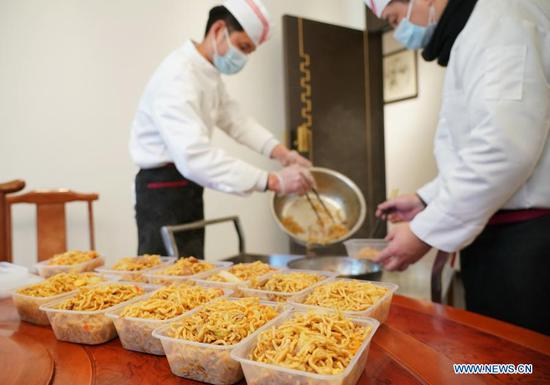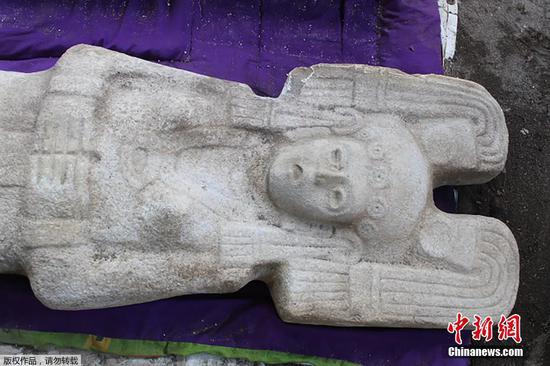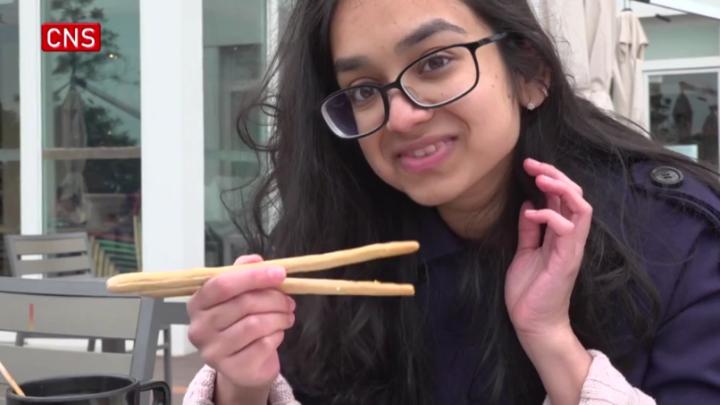
Chang'e 5's probe gathers samples on the moon on Dec 2, 2020. (CNSA/XINHUA)
China published its Regulations on the Management of Lunar Samples on Monday morning, aiming to improve scientific research and international cooperation.
Developed by the China National Space Administration, the document has nine chapters and 37 clauses, governing the storage, management and use of lunar samples brought back by the country's Chang'e 5 mission.
According to the regulations, the samples will be divided into four categories -- permanent storage, backup storage, research, and public-interest purposes.
In terms of international cooperation, the document stipulates that the samples' distribution will be in accordance with international treaties China has signed or taken part in. Meanwhile, the China National Space Administration has encouraged researchers at home and abroad to use the samples in joint studies on space science and to share their findings with each other.
The regulations were published by the administration at an open house for a small group of foreign diplomats to China and representatives from some international organizations to the Chinese Academy of Sciences' National Astronomical Observatories in northern Beijing. The activity was hosted by the administration and the academy.
The most significant event in China's space field, and also one of the world's most notable space activities, in 2020 – the Chang'e 5 robotic mission – was launched on Nov 24 at the Wenchang Space Launch Center in South China's Hainan province and successfully landed on the moon on Dec 1, becoming the world's third spacecraft to touch down on the lunar surface since the mid-1970s after its predecessors – Chang'e 3 and 4.
The landmark mission returned 1,731 grams of lunar rocks and soil back to Earth on Dec 17, achieving a historic accomplishment about 44 years after the last lunar substances were brought back from our nearest celestial neighbor.
The 23-day mission was China's first space journey that has retrieved extraterrestrial samples, also making China the third country to harvest this feat, after the United States and the former Soviet Union.
The samples were delivered from the space administration to the National Astronomical Observatories in late December.










